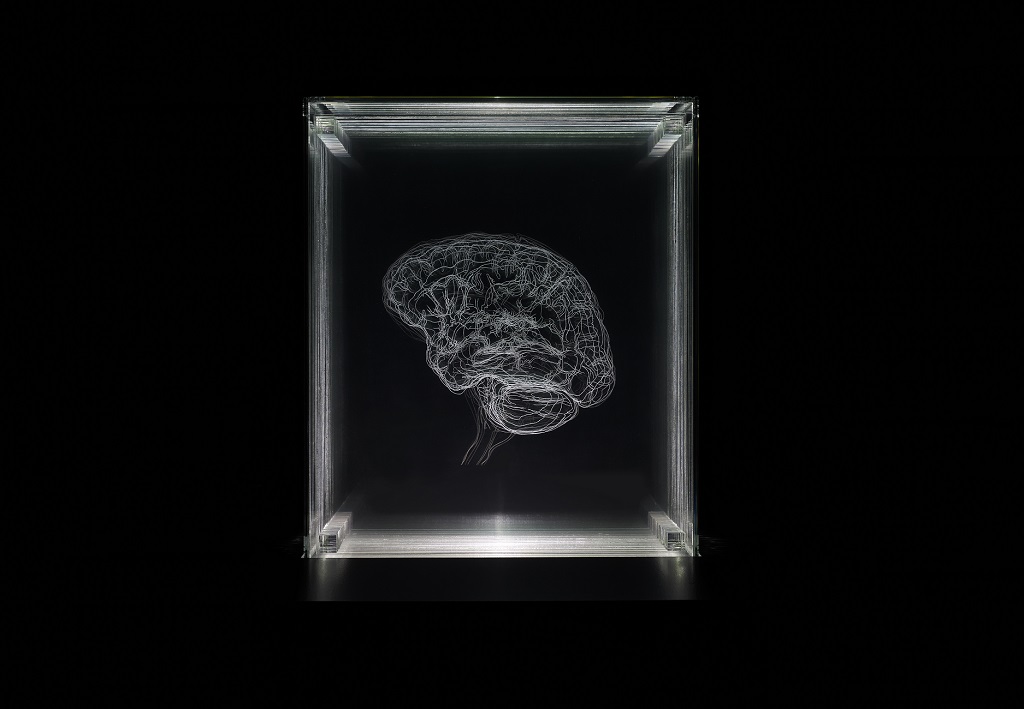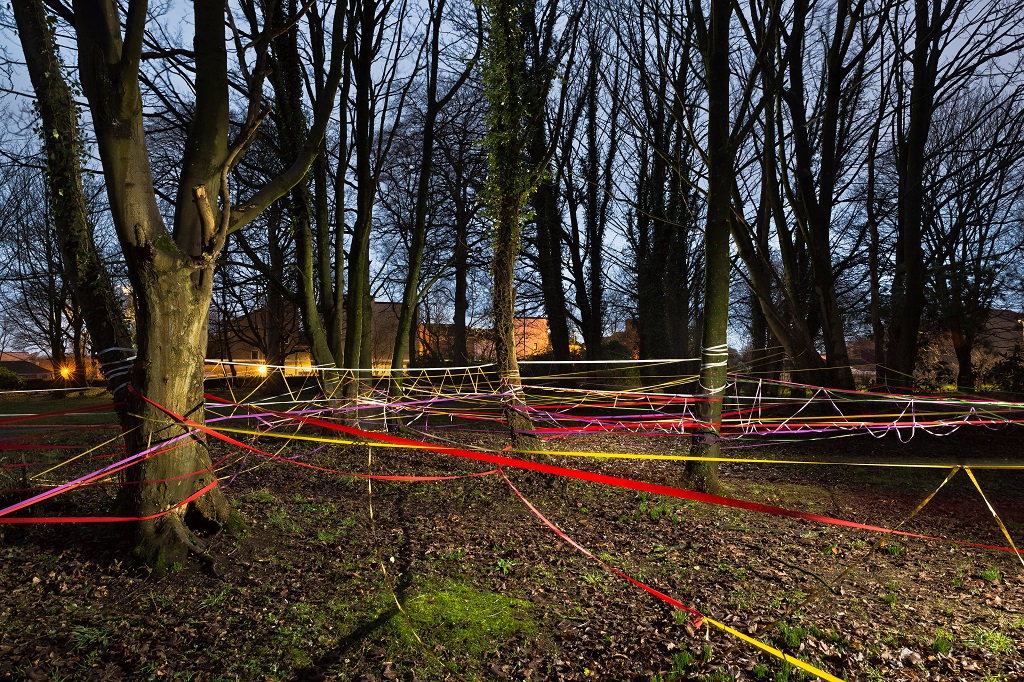An exploration of identity and place is the focus of a diverse new exhibition at the Scottish National Portrait Gallery.
Rooted in the National Galleries of Scotland’s outreach programme, You Are Here showcases works created by young people from Ayrshire and Edinburgh. They appear alongside highlights from the Galleries’ permanent collection, which have been selected to spark conversations and invite visitors to consider who they are and where they came from.
Projects delivered alongside partner organisations are represented by a wide range of art. Some has been created by young people from towns in Ayrshire and others in central Scotland; others have been made by primary school pupils from Granton in Edinburgh.
The very fabric of the exhibition space speaks to the diverse approach that different people take when given a creative challenge. This comes in the form of a seating area designed by young people from North Ayrshire to encourage conversation. Visitors are invited to sit and chat or simply reflect on what they are seeing.
Among many NGS collection works on display are Untitled (2013) by Jonathan Owen, a marble bust of a military figure from the nineteenth century, reworked by the artist to create a dramatically distorted head while leaving the torso untouched. Owen’s reactivation of the object questions traditional notions around the nature and purpose of portraiture. Brain of the Artist (2012) by Angela Palmer explores similar themes, this time through hand-engraved sheets of glass based on MRI scans of her brain activity. Stripped of recognisable features, the work is still an intimate self-portrait which challenges the concept of self-representation.

Angela Palmer, Brain of the Artist, 2012, engraved on 16 sheets of glass
The earliest work on display is Scots Girl (1869) by William Brodie, one of the leading portrait sculptors of his time. This bust is of Ada Barclay, who sat for it when she was about twelve years old. She grew up to become a painter in her own right and gifted this bust to the National Galleries of Scotland in 1902. It appears along with a bust of the poet Iain Crichton Smith by Michael Snowden (2004). Born in Glasgow and raised on Lewis, Crichton Smith’s work in English and Gaelic examined the relationship between belonging and exile.
One key work is Man Reading Newspaper, Glasgow (1975) by Iain Mackenzie. Like many of Mackenzie’s photographs of Glasgow, the subject matter is ordinary; a shop has its shutters down as a man sits on a step reading his paper. The image captures a moment in time in Scotland’s largest city, reminding viewers that places, like identities, are transient and constantly changing over time.
Sketchbooks filled by pupils from Granton Primary School show snapshots of their classroom community. Asked ‘Does a Portrait Need a Face?’ members of the primary seven class made drawings that represented them. A different type of sketchbook by artist Emilio Coia also features. Born in Glasgow to Italian parents, Coia’s sketches and caricatures portray a range of cultural figures he met during his time in London in the 1930s, many of whom were Scots living away from home.

Ribbon Sculpture, produced by young people and their families in Bourtreehill Park 2 February 2022, with artists Iman Tajik, Katie Lowe (Photo: Eoin Carey)
You Are Here aims to encourage not just reflection from visitors, but participation too. This comes in the form of an interactive voting system which will be installed to coincide with the start of Scotland’s Census in March. A different question will be posed each month, exploring aspects of identity and the results will be displayed in real time.
Learning and engagement outreach coordinator Richie Cumming said: ‘The experience of the coronavirus pandemic over the past two years has highlighted the importance of communal spaces, places where people can gather to discover new things or explore shared interests. With You Are Here we want to provide such a space, surrounded by art, that can inspire conversation between friends, families and strangers. We hope the projects and artworks selected encourage visitors to think about the society we live in, their position in it and the changes they’d like to make to it.’
Liz Louis, Curator, Portraiture, said: ‘This exhibition has given us the opportunity to consider the relationship between identity and self-representation, the impact of where we are on who we are, and how we in turn impact and interact with the places we live in.
‘Bringing together artworks from the collection with work created by project participants shows that this question has a very real relevance. We hope that visitors feel empowered to make their own connections with and between the various works on display, and during the rest of their visit to the Portrait Gallery.’
Find out more HERE.
TAGS

